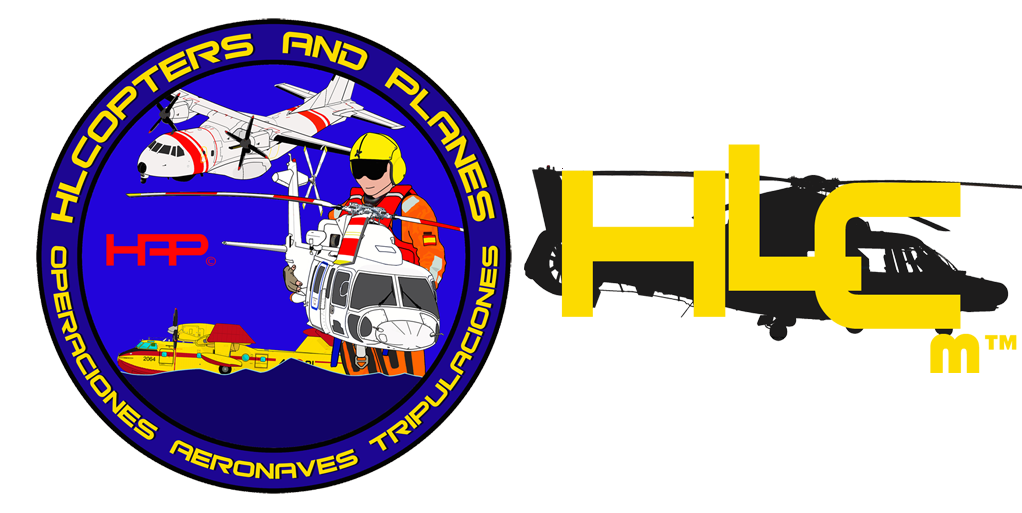
Soldiers assigned to 3-1 AHB were participating in aerial gunnery training as a means to increase readiness and improve air crew proficiency. Readiness reassures our allies and deters potential adversaries.
U.S. Army photo by Spc. Joshua Cowden, 22nd Mobile Public Affairs Detachment.
Story by Spc. Joshua Cowden, 22nd Mobile Public Affairs Detachment
NOVO SELO TRAINING AREA, Bulgaria – The hum of Black Hawk helicopters and the echo of rounds fired down range bellowed through the Bulgarian hills as Soldiers assigned to 3rd Assault Helicopter Battalion, 1st Aviation Regiment, 1st Combat Aviation Brigade, 1st Infantry Division, conducted aerial gunnery training at Novo Selo Training Area, Bulgaria on Aug. 2-6, 2021.
Aerial gunnery is a semiannual training that pilots and their aircrew perform in order to maintain proficiency with their individual weapons and increase flight readiness. The aircrews of 3-1 AHB conducted the training using UH-60 Black Hawk helicopters and multiple mounted M240H machine guns.
“This training is very important for aircrew readiness,” said Sgt. Bret Koch, flight instructor, Charlie Company, 3rd Assault Helicopter Battalion, 1st Aviation Regiment, 1st Combat Aviation Brigade, 1st Infantry Division. “This enables us to be able to go overseas, take down the enemy and be more lethal to the force. It’s great to expand the horizons of all the training going on by helping new crew chiefs learn,” Koch said.
Each day consisted of a variety of compounding levels of tests known as “tables,” that increase the level of precision and lethality of the aircrews. Tables III-VI starts with individual weapon familiarization and culminates with the graded table VI where aircrews and pilots must work together to identify and engage targets on the ground.
“Each Soldier that is being tested is expected to understand their weapon system and be able to identify friendly and enemy targets on the range,” said 1st Lt. Eric Drum, platoon leader, Charlie Company, 3rd Assault Helicopter Battalion, 1st Aviation Regiment, 1st Combat Aviation Brigade, 1st Infantry Division. “They then must gain permission to engage and suppress those targets. They are evaluated on their ability to recognize whether it’s a friendly or enemy target, communicate with the aircrew and then engage those targets once granted permission,” Drum said.

3-1 AHB was participating in an aerial gunnery range as a means to increase readiness and improve air crew proficiency. With both permanent and rotational forces in Europe, the U.S. Army is better positioned to deter current and potential threats, assure our allies and respond quickly should deterrence fail.
U.S. Army photo by Spc. Joshua Cowden, 22nd Mobile Public Affairs Detachment.
The next tests, Tables VII-VIII, build upon this training and eventually leads to the aircrew’s ability to run multi-ship, where multiple aircraft can participate simultaneously in the exercise and engage targets.
“One of the coolest parts of this training is seeing some of the younger crew chiefs getting a chance to shoot the M240 for the first time,” Drum said. “Going from the ground and then taking their training into the air and actually firing it live out of an aircraft. I think it will be even better when they move into multi-ship and are able to actually do target hand overs with an additional aircraft. So, it’s awesome to see a plan go into fruition and new crew chiefs see everything that it takes to get them trained on an individual weapon system with their aircrew.”
This type of training cannot be executed alone. In order to have a successful aerial gunnery, Soldiers from the entire battalion must come together to facilitate a variety of operations. These logistics tasks include constant maintenance of the helicopters, on site medical team support, fueling procedures for the Black Hawks and ammunition supply and transportation.
The Soldiers of 3-1 AHB performed well in this gunnery exercise and were able to qualify all of their Soldiers in the allotted training time.
“This week’s training was very effective and went as planned,” Drum said. “Our newest crew chiefs learned a lot and as a flight crew we increased our readiness. We will continue to build on this readiness as more training comes up.”

Soldiers assigned to 3-1 AHB were executing aerial gunnery training as a means to increase readiness and improve air crew proficiency. Readiness reassures our allies and deters potential adversaries.
U.S. Army photo by Spc. Joshua Cowden, 22nd Mobile Public Affairs Detachment.
3-1 AHB, located in Fort Riley, KS, is currently on rotation in Romania in support of the Aviation force for Atlantic Resolve. Atlantic Resolve is a large-scale rotation of forces that U.S Army Europe and Africa maintains for mission readiness and deterrence. A rotational forward presence throughout Europe enables us to deter and defend against threats from any direction at any time.
Aerial gunnery is just one of many training exercises that U.S. Army Soldiers participate in to maintain the readiness of combat forces available throughout the European theater. The U.S. is strengthening and refining their strategic readiness capabilities both at home and abroad to ensure that they’re ready to rapidly mobilize, deploy and sustain our forces on a multi-domain
battlefield.
For more Hlcopters Magazine breaking news, stories, images and videos follow us on Facebook, Twitter and Instagram
The appearance of U.S. Department of Defense (DoD) visual information does not imply or constitute DoD endorsement.

